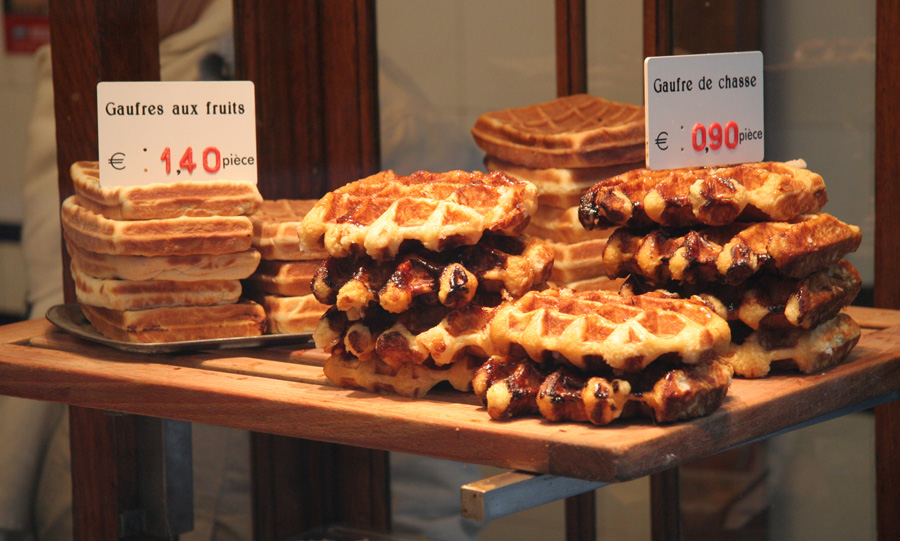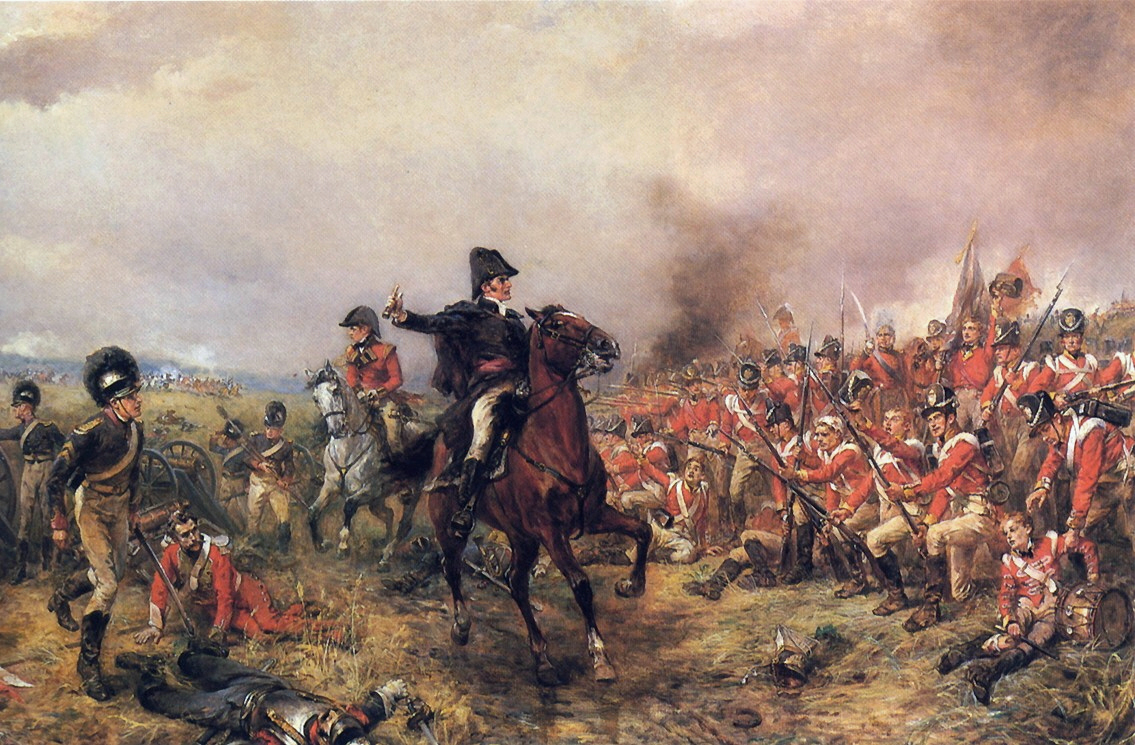Join me on the next stop of my imaginary, literary whimsical tour through Europe ...
After arriving in The Netherlands, and spending some time there, I traveled on by train to Brussels.
I quickly learned that Belgium has an amazing culinary tradition. I investigated it fully, just for purposes of research, mind you.
In my wanderings, I found this gem at a used book stall. I promptly purchased it, and immediately ran to the market nearby to pick the ingredients to tackle a recipe in the kitchen of the hostel where I stayed in Brussels.
If you are able to get your hands on this cookbook, do it! The entire book is wonderful, filled with treasured memories of the author growing up in Belgium and approachable recipes that represent the best of Belgian cooking. This is one of those cookbooks that you just want to sit down and read cover to cover. Interspersed with the recipes are notes that provide a bit of detail on a key ingredient or information an aspect of Belgian life and food. Unfortunately, it appears to be out of print, but there are many sources to find it used. I can't speak to how the recipes turn out, as I have only tried one so far. (I'm not a great cook, in any case, so if something didn't turn out, it likely wouldn't be the fault of the recipe.)
Liege
My first attempt at Belgian cuisine was to replicate the scrumptious sugar waffles I purchased from a street vendor in Liege.
Their delicious smell permeates the streets, and it is impossible to resist purchasing one to munch on while out exploring the city.
The waffle making began by crushing sugar cubes. Pearl sugar is the traditional ingredient to form the pockets of crunchy sweetness in Liege waffles, but the author gave a conversion for those of us not having pearl sugar - just crush a cup of sugar cubes into sunflower seed size pieces. Fortunately, they need not be uniform. From there two batters are made - a yeast-based batter and a buttery sugar paste. Once the yeast batter has risen for an hour, the paste is stirred into it by hand. The final combination is then formed into balls. I wasn't able to get balls - just very sticky clumps - so I just scooped the approximate amount each time into the preheated waffle iron. These do burn easily due to the sugar, so watch carefully.
This is the recipe as laid out in the book. Don't you just love her design? Simple and fun! I usually prefer a cookbook with photos of the recipes, as I like to know what to expect before diving in, but in this cookbook, it works!
After cleaning up the hostel kitchen, we had the result of my efforts for breakfast, though for Belgians, waffles are eaten throughout the day. These waffles may be eaten hot, as we did with fresh strawberries, or saved for an afternoon snack (like a cookie.)
Ghent
I took a brief excursion from Brussels to nearby Ghent for their famous festival. It is not to be missed! I was inspired by the music to put together a goofy playlist based on my Brussels-based novel. This is the silly result:
An Infamous Army
Now to cover my time in Brussels, spent with the Earl and Lady Worth, and the rest of the British society and military based there.
It was just about this time of year, 200 years ago, that the events of An Infamous Army played out. The story opens with the arrival, from Vienna, of the Duke of Wellington and his aides-de-camp, including Colonel Charles Audley, one of the central figures in the story.
Of course the Duke's arrival must be distinguished by a ball, held at the Hotel de Ville on the Grand Place. The British society in Brussels loved to entertain, and to see, and be seen. No one represents the latter more than Lady Barbara Childe - scandalously fast, she is the object of much attention. Whether she is drawing admiring looks or disapproving glances, Lady Bab is always in the limelight. Charles Audley falls immediately under her spell, and to the surprise of all, she appears to be not unwilling to accept his advances. The first half of the book details their tempestuous courtship, set over the backdrop of preparations for probable battle by the Duke and the Prussian General Gebhard Leberecht von Blücher.
The situation reaches a crucial point on the night of June 15, 1815. The night of Lady Richmond's ball. Young men, happily anticipating their first taste of military action, prepare to depart.
However, those who understand the gravity of war are not so sanguine. The gaiety of the spring and summer ends abruptly that night, as the soldiers are called to join their regiments and prepare for battle. They had not long to wait, for the Battle, later called Waterloo due to where the Duke of Wellington had stayed just prior to it, began on the 18th of June.
History tells us that Napoleon's defeat at Waterloo resulted in the rapid decline of his military career, and he abdicated later that year. The book tells us of his defeat as well, along with the fate of the friends we had made throughout our time in Brussels. Though the romantic element and witty banter will appeal to Georgette Heyer devotees, the book sets itself apart as an excellent detailed account of the Battle of Waterloo and the events leading up to it.










